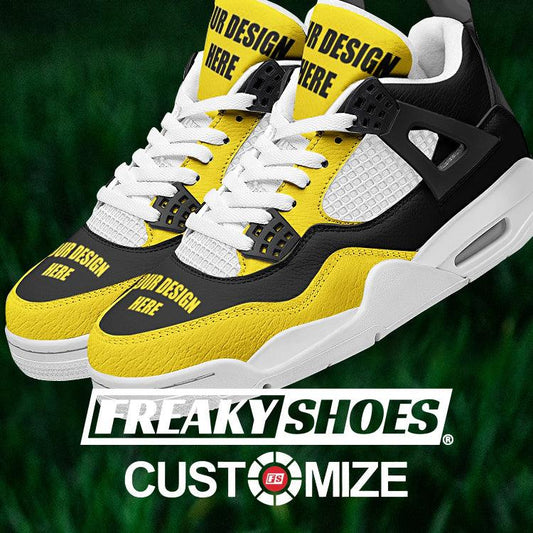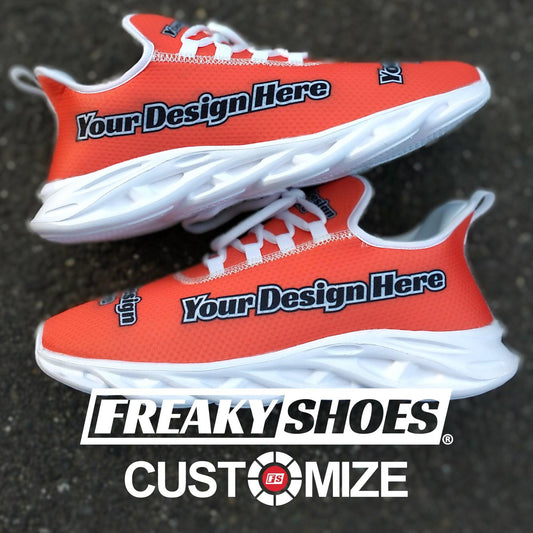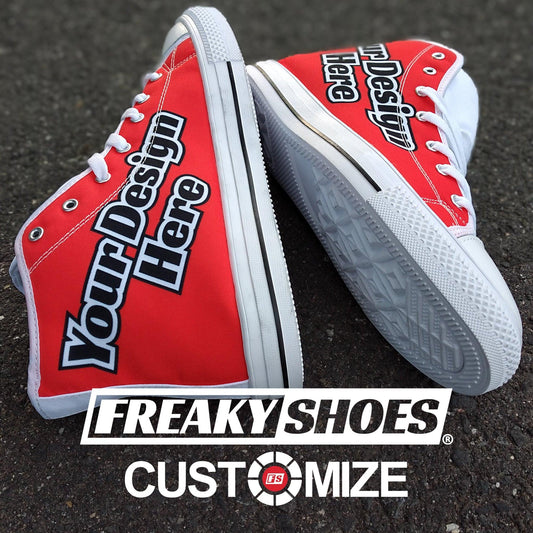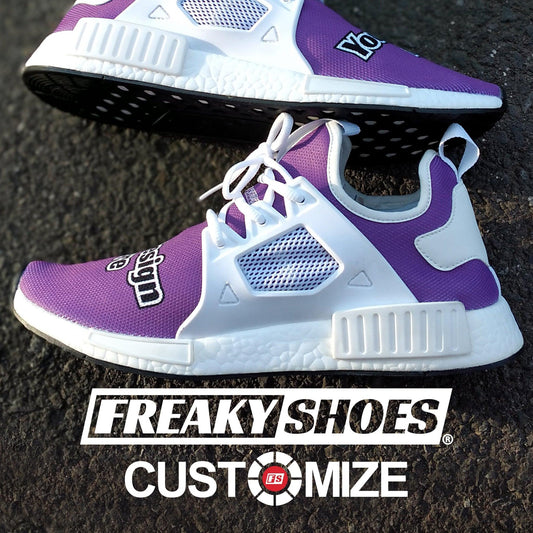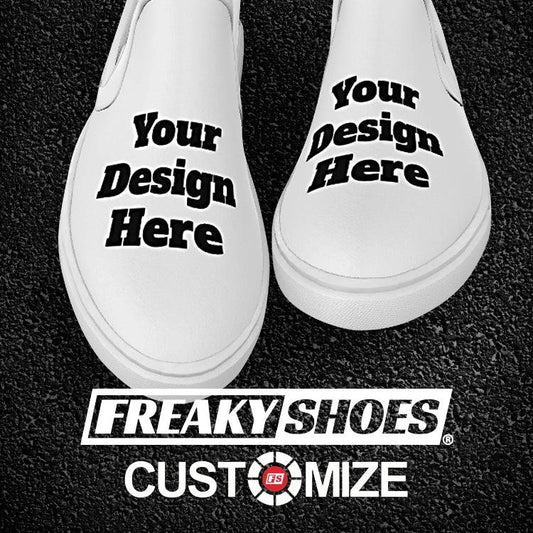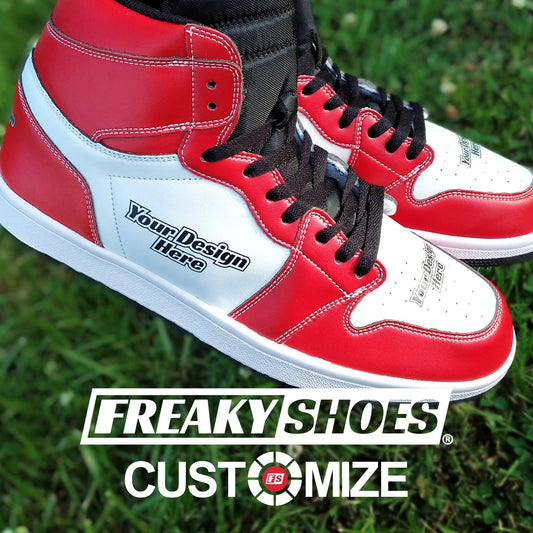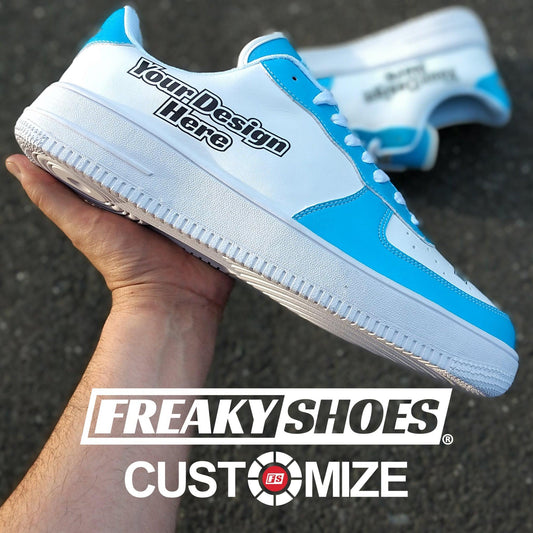“How To Tell If Shoes Are Too Big Or Too Small” might sound like a simple question, but the answer is a bit complicated. Why? Well, you will have to consider a lot of things to find out.
But worry not. We’ve made this guide so that anyone can figure it out easily.
In short:
To tell if shoes are too big, check for excessive toe room and heel slippage. For shoes that are too small, look for cramped toes and foot pain. That’s why always measure your feet before buying.
Want complete details? Keep reading, as we are explaining everything in simple words. At the end, you will read the proven tips that will help you get the right shoes every time.
Key Takeaways
- You can check if your shoes are too big by looking for extra toe room.
- Pay attention to foot pain and cramped toes – these are signs your shoes are too small.
- Watch for blisters and calluses – they usually mean your shoes don’t fit right.
- You should always try shoes on and walk around to make sure they’re comfy.
How to Tell Your Shoes Are Too Big? (5 Key Ways)

We’ve all been there – walking around in shoes that just don’t fit right. It's not fun, and it can really mess up your day. Let’s talk about how to tell if your shoes are too big.
Here are five simple ways to check.
Excessive Movement
One clear sign that your shoes are too big is excessive movement. What is it? Well, your heel slipping out of the shoe with every step. We understand that this can be super annoying.
Another thing to look out for is your foot moving around inside the shoe. If your foot is sliding back and forth or side to side, that’s a problem. We’ve found that this extra movement can cause friction, which leads to blisters.
Blisters are not just painful. They can also make it hard to walk. So, if you get blisters, you won’t be able to do your daily activities.
But that’s not it.
According to the Journal of Foot and Ankle Research, 63% to 72% of participants wore incorrectly fitted shoes. They eventually faced various foot problems such as:
- Corns
- Lesser toe deformity
- Foot ulcers (especially in older adults).
So, if you deal with “excessive movement,” it’s time to change your shoes.
Toe Box Space
Another way to tell if your shoes are too big is by checking the space in the toe box. The toe box is the front part of your shoe (where your toes sit). When you have too much space here, it’s a sign that your shoes are too big.
We’ve got a good rule of thumb about it. Check if there is more than a thumb's width of space between your longest toe and the front of the shoe. If there is, your shoes are too big.
Note that the extra space means your toes are not secure.
But this doesn’t mean there should not be any space. Your toes should have a little room to wiggle. But it must not be so much. If there is, you may face problems like blisters, calluses, and even toenail issues.
Wrinkling and Creasing
We all want our shoes to look good, right? One thing we notice when shoes are too big is that the material wrinkles or creases (more than usual). This happens because there’s too much space inside the shoe, and our feet aren’t filling it out properly.
Let us explain.
When we walk, our shoes should move naturally with our feet. But if they’re too big, the extra space causes the material to bend. When this happens, you will see wrinkles and creases.
So, how do we fix this? Next time you try on shoes, we suggest walking around a bit and watching how the material behaves. If you see a lot of creasing, it’s a sign that the shoes are too big. Trust us, taking a few extra minutes to check can save you a lot of hassle.
Foot Fatigue
We all know how tiring it can be to walk around in shoes that don’t fit right. One major sign that your shoes are too big is foot fatigue. When our shoes don’t support us properly, our feet have to work extra hard. When this happens, you will get fatigued quickly.
According to experts, when shoes are too big, the feet slide around inside. If this happens to you, you will have to constantly adjust your stride. This “extra” effort makes our feet tired much faster than they should.
We’ve tested this theory, and it’s true. In our experience, properly fitting shoes make a huge difference in how our feet feel at the end of the day. When we wear shoes that fit well, we feel more energized.
Our research also shows that many people suffer from foot fatigue simply because they’re wearing shoes that are too big.
So, the next time your feet feel that tired, check your shoes. If they’re too big, they’re not supporting you properly.
Instability
Feeling unstable or wobbly in your shoes is another sign that they’re too big. As discussed above, when the shoes are too big, they don’t hold feet securely. This lack of support can make us wobble when we walk.
According to experts, you will notice it more if you wear heeled shoes. Why? Because they already require good balance.
We’ve researched this issue, it became clear that instability was a common problem with oversized shoes. People often trip or lose their balance. We even tested different sizes and styles, and the results were always the same: Only a proper fit makes us feel stable.
And if you have veja shoes and are wondering about the fitting, don’t worry. We’ve a guide on it - Do Veja Run Big or Small? (Find Out Everything).
How to Tell Your Shoes Are Too Small? 6 Simple Methods

If you want to confirm whether the shoes you have are small, then don’t get worried. We are here with six easy ways. We’ve tried each one and recommended them to thousands of people. Every one of them told us that they were able to figure out about the shoe fitting without much hassle.
Let’s look at simple ways to determine whether the shoes are small or not:
Toe Pain
One of the first signs that your shoes are too small is toe pain. When your toes feel cramped or squished, it’s a clear sign that there isn’t enough room in the shoe.
Note that our toes need some space to move and wiggle. So, if they’re pressed together, it can cause discomfort and pain. In our experience, you are more likely to feel pain in your big toe or pinky toe. We’ve found that these toes take the most pressure in shoes.
That’s not it. We also conducted a survey and discovered that toe pain is the most common complaint from people wearing shoes that are too small.
Unfortunately, the problem doesn’t end with toe pain. If you keep wearing small shoes, you will face other problems, like ingrown toenails and even joint issues.
So, if you’re feeling any discomfort in your toes, it’s time to check your shoe size.
Blisters and Calluses
Another sign that your shoes are too small is the formation of blisters and calluses. When shoes are too tight, they create friction between the shoe and your foot. This friction can lead to painful blisters on your:
- Toes
- Heels
- The sides of your feet.
Now, let’s discuss Calluses. You will see them on those spots where your feet constantly rub against the shoe. In fact, this is your body’s way of protecting your skin from the friction.
Red Marks
Have you noticed red marks or indentations on your feet after a long day? If yes, then it means your shoes are small. These marks are a sign that your shoes are squeezing your feet too tightly.
Numbness and Tingling
Have you ever felt that weird numbness or tingling in your feet? That’s a big sign your shoes are too tight. When shoes are too small, they can cut off blood flow to your feet. This makes your feet feel like they’re falling asleep.
Keep in mind that proper blood flow is crucial for foot health. Without it, your feet won’t get the oxygen and nutrients they need.
That’s why we think no one should walk around with numb feet. It’s not safe and can lead to more serious problems.
So, you should always pay attention to how your feet feel. If they start to go numb or tingle, your shoes are too small. Trust us, your feet need room to breathe.
Immediate Discomfort
If your shoes hurt as soon as you put them on, it means they’re too small. Remember that shoes should feel comfortable right away. There shouldn’t be a painful break-in period.
In our experience, if you feel discomfort as soon as you wear your shoes, it’s time to try a different size or style.
Don’t ignore that initial pain. Your feet deserve to feel good from the moment you put on your shoes. If they don’t, the shoes are too tight. Find a pair that feels good right away, and your feet will thank you.
Inability to Wiggle Toes
One of the easiest ways to tell if your shoes are too small is to try wiggling your toes. If your toes can’t move freely, your shoes are definitely too tight.
As mentioned above, our toes need space to wiggle and move. When they’re cramped, it can lead to all sorts of problems like blisters and calluses. Plus, it’s just uncomfortable!
So, do the wiggle test right now. If your toes are stuck in one position and can’t move, your shoes are too small.
Proper Shoe Fit Tips To Avoid Buying Big or Small Sizes
We all know how important it is to find shoes that fit just right. You now know that wearing the wrong size can cause all sorts of problems (from blisters to back pain). But unfortunately, many people have no idea how they can get the right shoes for themselves.
Well, worry not. We have been in the footwear business for years and have a list of proven tips that will help you get those shoes that will fit you perfectly well.
Let’s have a look:
Measure Your Feet
One of the best ways to ensure a good fit is to measure your feet. This might sound simple, but it’s a step that many of us skip.
Have your feet measured professionally, ideally at the end of the day. Why? Well, it’s when your feet are at their largest.
We’ve found that doing this helps in getting the most accurate size.
Let us also remind you that it’s important to measure both feet. Did you know that one foot can be larger than the other? It’s true! To avoid any frustration, always choose a size that fits the larger foot. This way, you won’t end up with one shoe that’s too tight.
Try Shoes On
Never buy shoes without trying them on first. We’ve all made the mistake of buying shoes online without checking the size chart or rushing through a store without trying them on properly. Never do it!
You should always try shoes on before purchasing. In fact, walk around the store to ensure they are comfortable and fit well.
When you walk, we want you to pay attention to how the shoes feel. Ask yourself some questions, too:
- Are they snug but not too tight?
- Do they provide enough support?
Keep in mind that your shoes should feel good from the moment you put them on. If they don’t, keep looking.
Check for Toe Space
Another key tip is to check for toe space. This might seem like a small detail, but it makes a big difference. Ensure there's about a thumb's width of space between your longest toe and the front of the shoe. This gives your toes enough room to move.
If your toes are cramped, you’ll end up with blisters and other painful issues. Trust us, you want that extra space. So, next time you’re trying on shoes, don’t forget to check the toe space.
Heel Fit
Your heel fit is super important. Your heel should fit snugly in the shoe without slipping. When you walk, your heel shouldn't lift out of the shoe. This can cause blisters and make walking uncomfortable.
In our experience, shoes that fit well around the heel provide better stability and comfort.
To check the heel fit, try walking around in the shoes. If your heel moves up and down too much, the shoes are too big. There should be no excessive heel movement.
Width Fit
The width of the shoe is just as important as the length. The shoe should fit comfortably across the widest part of your foot (without squeezing). If the shoe is too tight, it can restrict blood flow, which can lead to foot problems.
We recommend trying on different widths if available. Some brands offer shoes in various widths, such as narrow, medium, and wide. This allows you to find a pair that fits perfectly.
In our opinion, a proper width fit is essential for all-day comfort. Therefore, you should take your time and check the size guide/chart. If you’re confused, you can always ask a person/helper in the store. If you’re shopping online, we suggest messaging the brand’s customer service email.
Arch Support
Arch support is a big deal when it comes to comfortable shoes. PLOS One study found that arch support insoles can really help kids and adults with flat feet. These insoles make walking more comfortable. How? Well, in three ways:
- By changing how long each step takes (stance time)
- Making the steps smoother (cadence)
- Spreading out the pressure on the bottom of the foot (plantar pressure).
They also help the whole foot touch the ground more evenly (contact area). This means that wearing these insoles can make walking and running feel better.
So, make sure the shoe provides adequate arch support for your foot type. But remember: Everyone’s feet are different, so what works for one person might not work for another.
If you have high arches, you’ll need more support to keep your feet comfortable. On the other hand, if you have flat feet, you might need shoes with special insoles. Note that flat shoes lack the support you need.
Break-In Period
New shoes need a little time to adjust to your feet, especially leather ones. It’s pretty common. This is called the break-in period. But here’s the thing: while it’s normal for new shoes to feel a bit stiff at first, they should not cause pain or discomfort.
We also believe that a short break-in period is okay. However, if your shoes hurt a lot, something’s wrong.
In our opinion, shoes should start feeling better after you wear them a few times. If the pain doesn’t go away, the shoes might not be the right fit for you.
So, these are the tips. Keep them in mind and you will never wear incorrect sized shoes ever again!

![How To Tell If Shoes Are Too Big Or Too Small [Explained] - Freaky Shoes®](http://freakyshoes.com/cdn/shop/articles/How_To_Tell_If_Shoes_Are_Too_Big_Or_Too_Small_04fd8421-e94a-4191-9b9d-4affeff2dd3e.png?v=1755972713&width=1100)









